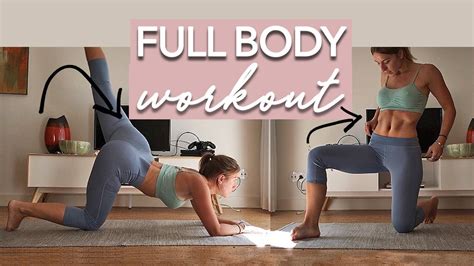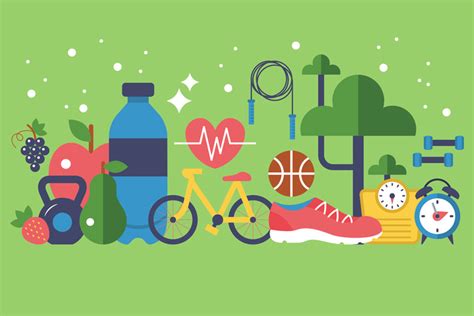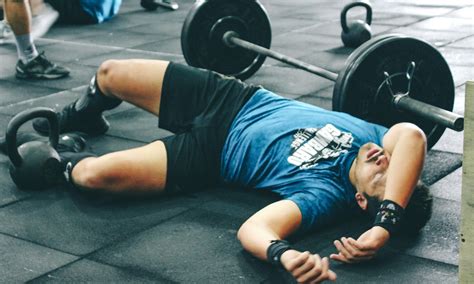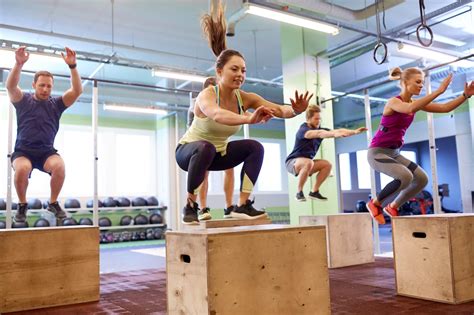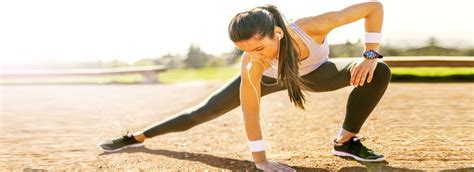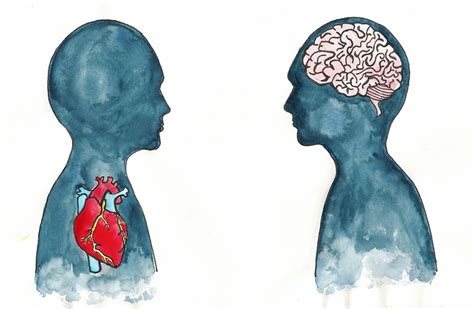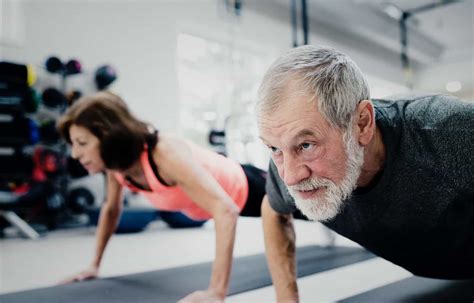
As we age, our bodies naturally begin to lose muscle mass and strength. However, incorporating strength training into our fitness routine can combat this decline and provide numerous benefits for seniors.
First and foremost, strength training can improve overall physical function. It can increase mobility, balance, and flexibility, allowing seniors to maintain their independence and continue to perform everyday activities with ease.
In addition to improving physical function, strength training can also benefit mental health. Regular strength training has been shown to reduce symptoms of depression and anxiety, as well as improve cognitive function and memory.
Another benefit of strength training for seniors is the potential to prevent chronic diseases and conditions. Strength training can improve cardiovascular health, lower the risk of osteoporosis, and even reduce the risk of falls and fractures.
While strength training may seem intimidating, it’s important for seniors to remember that it can be performed at a low intensity to start. Working with a certified trainer, like Jean Paul Rivas, can ensure that seniors are performing exercises safely and effectively.
Don’t let age hold you back from the numerous benefits of strength training. Incorporate it into your fitness routine and see the positive effects it can have on your overall health and well-being.
